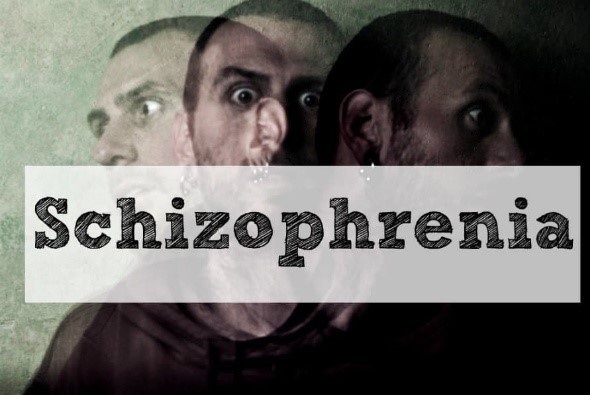

15 Additionalregions described as involved in AH were the primary 13 andhigher-order auditory and association cortex located in the temporal lobe,mainly in the left hemisphere. 15 Functionalimaging studies in schizophrenic AH revealed involvement of the frontal motorand premotor speech areas (the Broca area and supplementary motor area) andtemporoparietal speech areas (the Wernicke area) that are necessary for thedecoding and encoding of language. The present hypotheses of the generation of AH, considering recent neuroimagingfindings, propose that AH derive from inner speech misidentified as externalby means of defective self-monitoring.

4 - 6 Neuropathologic, 7, 8 structural magnetic resonance imaging(MRI) 9 - 12 andfunctional MRI 13 - 19 studiessuggest that the superior temporal lobe is altered in patients with AH, creatingdysfunctions within brain regions that are important for language and auditoryprocessing. 3 Therefore,recent models of AH were generally based on results gained from investigationsof patients with schizophrenia. In 1838, Esquirol 1 wasthe first to formulate the concept of a brain-based origin of hallucinations.Although AH occur with a lifetime prevalence of 10% to 15% in persons withoutneuropsychiatric diseases, 2 they are most commonin schizophrenia, with an average prevalence of 60%. They have been discussed in nearly every conceivablecontext, ranging from a very private experience to abnormal brain functionin the frame of schizophrenia. Self-generated thoughts from external stimulation.Īuditory hallucinations (AH), one of the most common psychiatric symptoms,elude a compelling explanation. This abnormal activation may account for the patients' inability to distinguish Matter fiber tracts in patients with frequent hallucinations lead to abnormalĬoactivation in regions related to the acoustical processing of external stimuli. With hallucinations with patients without hallucinations, we found significantĭifferences most pronounced in the left hemispheric fiber tracts, includingĬonclusion Our findings suggest that during inner speech, the alterations of white With control subjects and patients without hallucinations. Of the arcuate fasciculus and in parts of the anterior corpus callosum compared Matter directionality in the lateral parts of the temporoparietal section Results In patients with hallucinations, we found significantly higher white Voxel-based t tests between the groups were computed. Selected for a confirmatory region of interest analysis. With significantly different fractional anisotropy values between groups were Prone to auditory hallucinations, in 13 patients without auditory hallucinations,Īnd in 13 healthy control subjects. Fractional anisotropy was assessed in 13 patients Methods A 1.5 T magnetic resonance scanner was used to acquire twelve 5-mm slicesĬovering the Sylvian fissure. To changes in structural interconnections between the frontal and parietotemporal Objective To investigate, using diffusion tensor imaging, whether previously describedĪbnormal activation patterns observed during auditory hallucinations relate


New in vivo method to investigate the directionality of cortical white matter Magnetic resonance diffusion tensor imaging is a relatively Networks are assumed to become dysfunctional during the generation and monitoring It has been hypothesized thatĪlterations in connectivity between frontal and parietotemporal speech-relatedĪreas might contribute to the pathogenesis of auditory hallucinations. Of schizophrenia, is still a matter of debate.


 0 kommentar(er)
0 kommentar(er)
